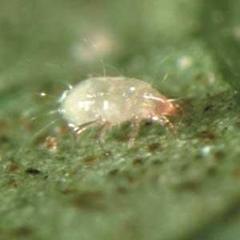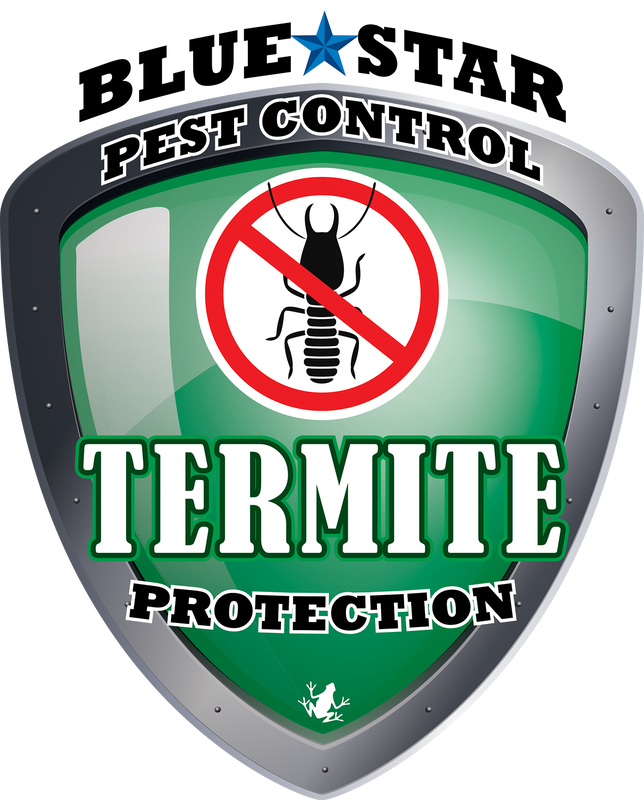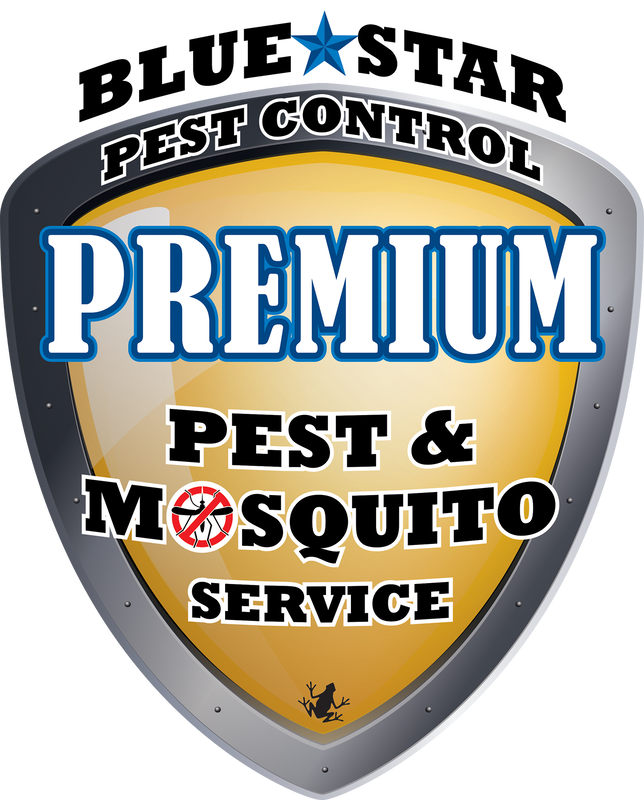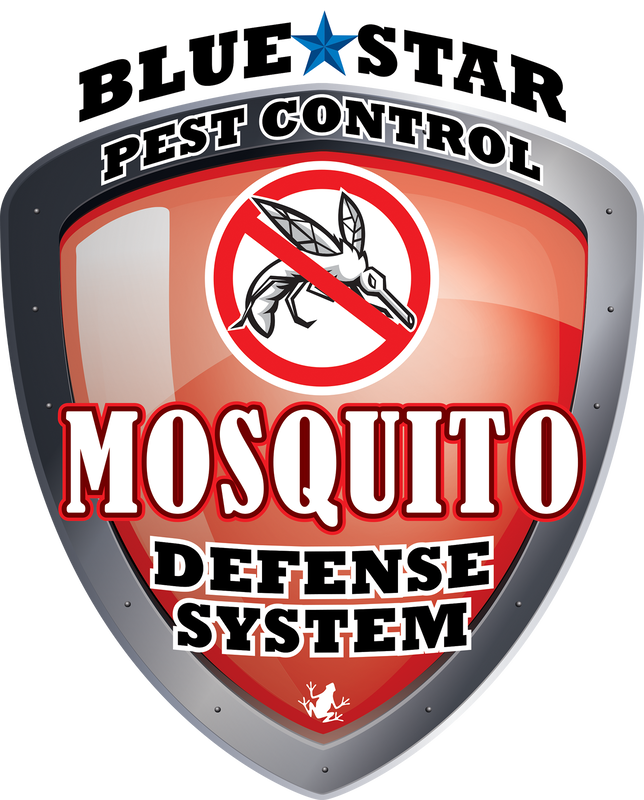House Dust Mite
One of the most strongly allergenic materials found indoors is house dust, often heavily contaminated with the fecal pellets and cast skins of house dust mites. Estimates are that dust mites may be a factor in 50 to 80 percent of asthmatics, as well as in countless cases of eczema, hay fever, and other allergic ailments. Over half of all homes are believed to be infested with the house dust mite and about 90% of people allergic to house dust extracts are actually allergic to mite extracts. The wheeze-inducing proteins are digestive juices from the mite gut which are quite potent. An exposure to the mites in the first, crucial year of life can trigger a lifelong allergy. There is no cure, only prevention.
Identification
Mites are so tiny that they are invisible to the unaided eye. They are only 250 – 300 microns long with a basically oval shape, no antennae, no eyes, four pairs of legs, and a mouthpart group in the front on the body that resembles a head. For accurate identification, one needs at least 10X magnification. The adult mite's covering, also called the cuticle (a tough and translucent shell), has simple striations that can be seen from both the top view and bottom view. The bottom view of the house dust mite reveals long hairs called setae that extend from the outer margins of the body and shorter setae on the rest of the body.
Habitat
These mites are usually located in mattresses, pillows, and any other furniture containing natural fibers. Beds, however, are a prime habitat for house dust mites and is actually where about 1/3 of their life takes place. This is so because mites prefer warm, moist surroundings such as the inside of a mattress when someone is on it. A typical used mattress may have anywhere from 100,000 to 10 million mites inside. Ten percent of the weight of a two year old pillow can be composed of dead mites and their droppings.
Also, bedroom carpeting and household upholstery support high mite populations. One of the major limiting factors in mite survival and population development is the availability of water for absorption. Highest mite densities occur in the humid summer months and lowest in drier winter periods. So it follows, that these populations are highest in humid regions and lowest in areas of high altitude and/or dry climates where many mite species live in bird's nests, barns, and among stored grain, straw, etc.
Diet
Mites are scavengers. Although they do not bite humans, they do feed on human skin scales and other detritus - disintegrated material or debris. A favorite food is dander - both human and animal skin flakes. Due to the large quantity of skin scales sloughed off daily by humans, mites have an abundant food supply. Humans shed about 1/5 ounce of dander each week (about 80% of the material seen floating in a sunbeam is actually skin flakes). However, other necessary nutrients can be provided from fish food flakes, pet food, fungi, cereals, crumbs, etc.
Reproduction
Adult females lay up to 40 to 80 eggs singly or in small groups of three to five. After eggs hatch, a six-legged larva emerges. After the first molt, an eight-legged nymph appears. After two nymphal stages occur, an eight-legged adult emerges. The life cycle from egg to adult is about one month with the adult living an additional one to three months.
Identification
Mites are so tiny that they are invisible to the unaided eye. They are only 250 – 300 microns long with a basically oval shape, no antennae, no eyes, four pairs of legs, and a mouthpart group in the front on the body that resembles a head. For accurate identification, one needs at least 10X magnification. The adult mite's covering, also called the cuticle (a tough and translucent shell), has simple striations that can be seen from both the top view and bottom view. The bottom view of the house dust mite reveals long hairs called setae that extend from the outer margins of the body and shorter setae on the rest of the body.
Habitat
These mites are usually located in mattresses, pillows, and any other furniture containing natural fibers. Beds, however, are a prime habitat for house dust mites and is actually where about 1/3 of their life takes place. This is so because mites prefer warm, moist surroundings such as the inside of a mattress when someone is on it. A typical used mattress may have anywhere from 100,000 to 10 million mites inside. Ten percent of the weight of a two year old pillow can be composed of dead mites and their droppings.
Also, bedroom carpeting and household upholstery support high mite populations. One of the major limiting factors in mite survival and population development is the availability of water for absorption. Highest mite densities occur in the humid summer months and lowest in drier winter periods. So it follows, that these populations are highest in humid regions and lowest in areas of high altitude and/or dry climates where many mite species live in bird's nests, barns, and among stored grain, straw, etc.
Diet
Mites are scavengers. Although they do not bite humans, they do feed on human skin scales and other detritus - disintegrated material or debris. A favorite food is dander - both human and animal skin flakes. Due to the large quantity of skin scales sloughed off daily by humans, mites have an abundant food supply. Humans shed about 1/5 ounce of dander each week (about 80% of the material seen floating in a sunbeam is actually skin flakes). However, other necessary nutrients can be provided from fish food flakes, pet food, fungi, cereals, crumbs, etc.
Reproduction
Adult females lay up to 40 to 80 eggs singly or in small groups of three to five. After eggs hatch, a six-legged larva emerges. After the first molt, an eight-legged nymph appears. After two nymphal stages occur, an eight-legged adult emerges. The life cycle from egg to adult is about one month with the adult living an additional one to three months.






